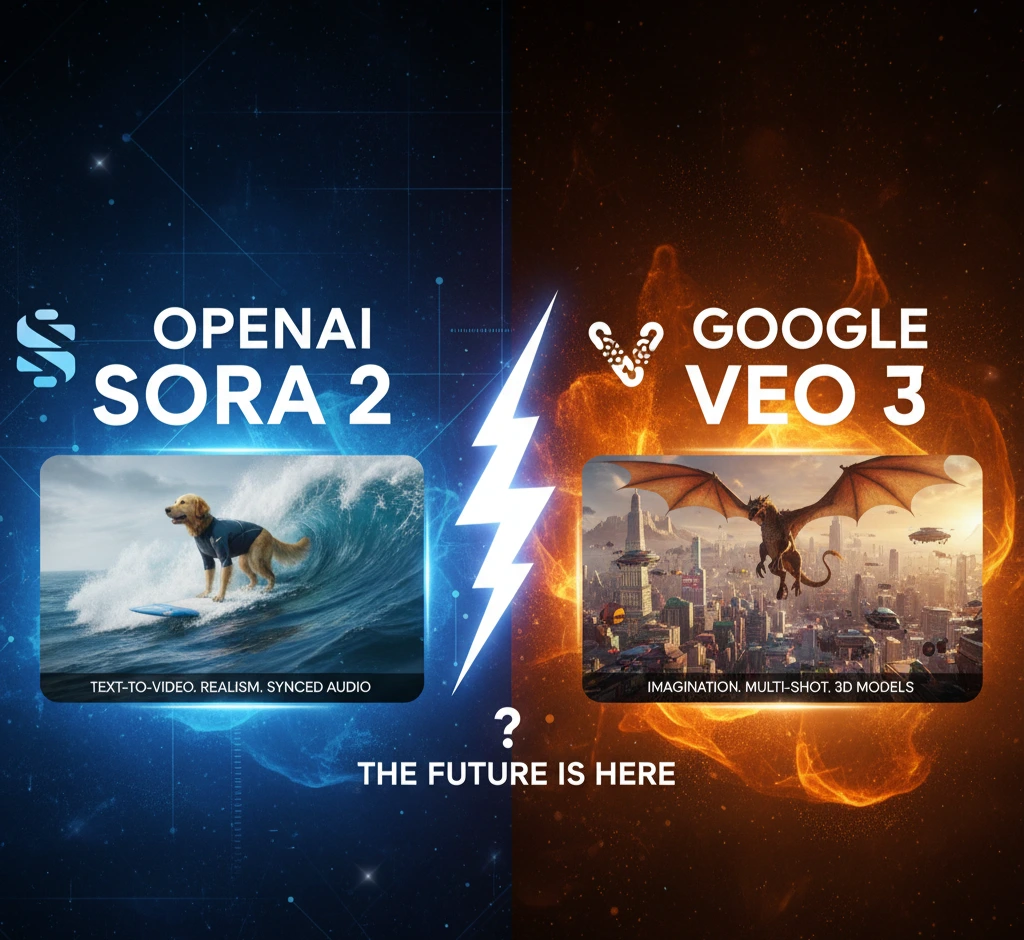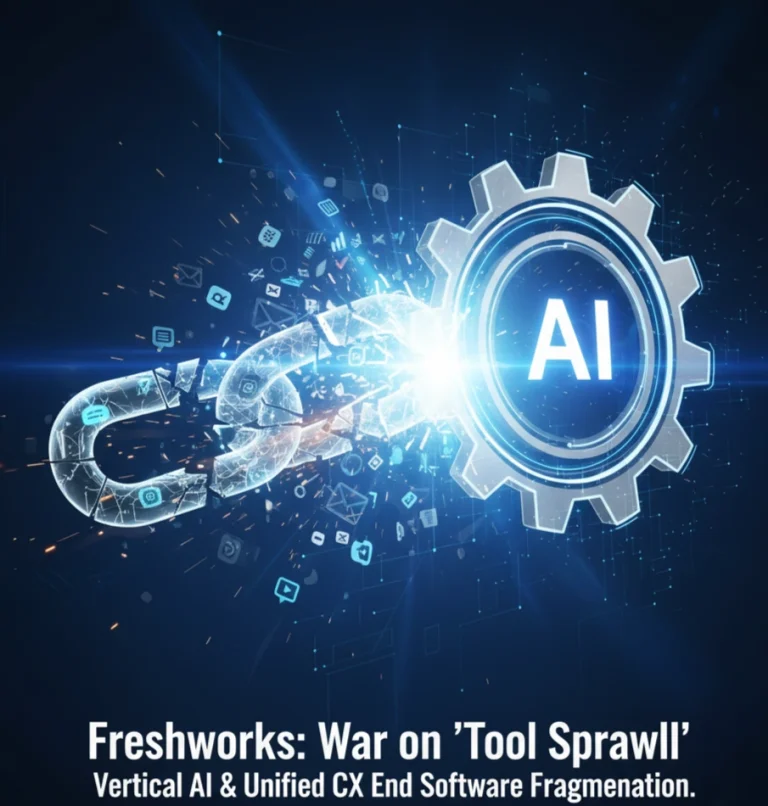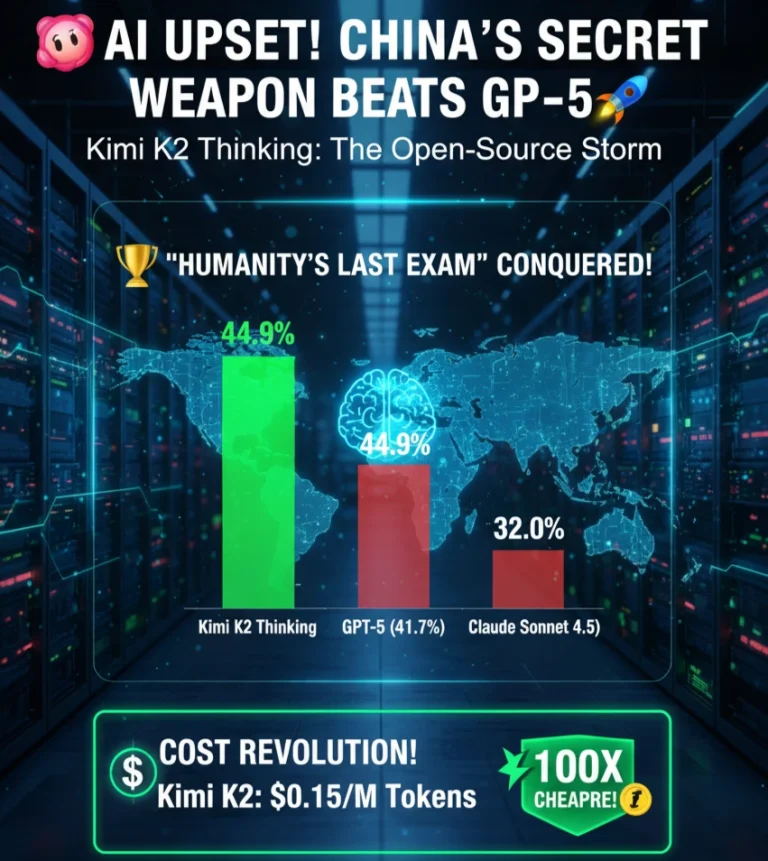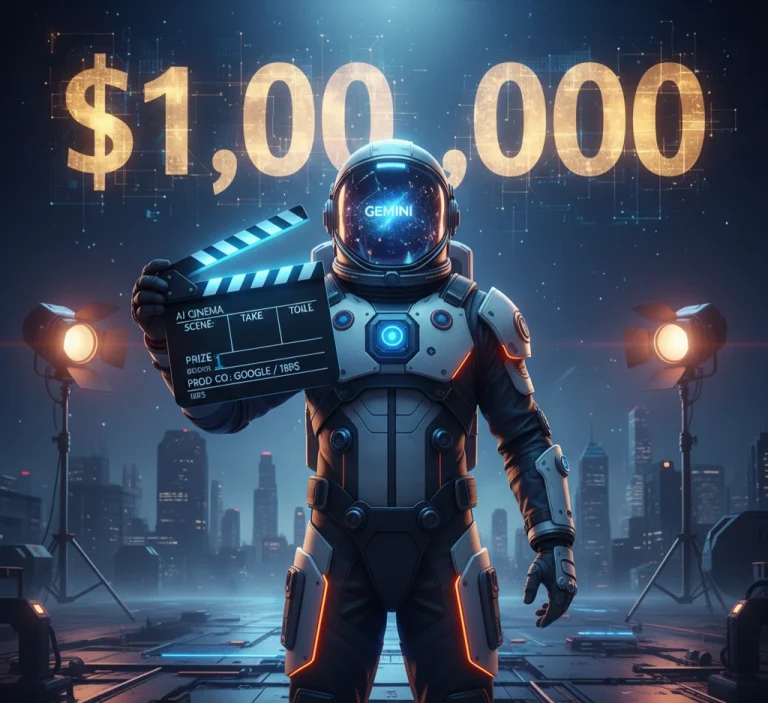
Artificial intelligence (AI) has rapidly advanced in generating video content, and two standout models dominating the scene in 2025 are OpenAI Sora 2 and Google Veo 3. Both bring powerful capabilities for converting text prompts into surprisingly realistic videos. However, their design philosophies, strengths, and target users differ significantly. This article provides a comprehensive, factual comparison based on tested resources and expert reviews to help creators, businesses, and developers choose the best AI video generation tool for their needs.
What is Google Veo 3?
Google Veo 3, developed by DeepMind and launched in early 2025, is a state-of-the-art text-to-video model. It specializes in longer video clips (over one minute), often delivering HD and 4K resolution outputs. A key innovation is its ability to generate native audio alongside video, including dialogue, background sounds, and effects, making it one of the first AI models to fully integrate sound.
Key Features of Veo 3
- Generates cinematic videos over one minute with synced audio
- Produces videos up to 4K in resolution
- Integrates dialogue, ambient sounds, and special effects natively
- Uses “Flow,” a companion system that ensures scene continuity and smooth transitions
- Best suited for polished, professional, and scalable video projects
- Early reviewers praise its realism but note room for improvement in audio syncing and prompt accuracy
Ecosystem Advantage
Veo 3 benefits from deep integration with the Google ecosystem, including YouTube, Google Cloud and the Gemini AI platform. This integration facilitates easy distribution and scalability, especially valuable for social media content creators aiming to harness YouTube Shorts and other Google services.
What is OpenAI Sora 2?
OpenAI’s Sora 2, launched in late 2025, builds on the original Sora’s success by delivering high-fidelity, short-form AI-generated videos (30 to 60 seconds) with remarkable consistency and detail. While it does not yet generate native audio, it excels in physics-aware motion and video realism, producing content with better temporal consistency and reduced flickering.
Features of Sora 2
- Produces short, sharp video clips with high detail
- Improved temporal and physics-aware consistency for realistic motion
- Allows creative control including multi-shot sequences and storytelling elements
- Incorporated into ChatGPT Pro tiers, offering wider accessibility to developers and creators
- Includes watermarking and provenance metadata to support content authenticity and governance
Accessibility and Creative Use
OpenAI’s major strength is wide accessibility by embedding Sora 2 within ChatGPT, letting users experiment and create AI videos seamlessly across platforms. The model supports creative remixing and social sharing, aiming to be a creative partner for both hobbyists and professionals.
Head-to-Head Comparison
| Feature | Google Veo 3 | OpenAI Sora 2 | Winner |
|---|---|---|---|
| Video Length | Over 1 minute (longer clips) | 30-60 seconds (short clips) | Veo 3 (long form), Sora 2 (short form) |
| Resolution | HD and up to 4K | Up to 1080p | Veo 3 |
| Audio | Native audio with dialogue & effects | No native audio generated | Veo 3 |
| Realism & Physics | Strong cinematic realism | High physics accuracy | Tie |
| Ecosystem Integration | Deep Google integration (YouTube, Cloud) | Built in ChatGPT Pro and APIs | Depends on use case |
| Accessibility | Limited access, beta programs | Widely available via ChatGPT | Sora 2 |
| Governance & Safety | SynthID watermark, fake media detection | Watermarking, metadata, moderation | Tie |
Which AI Video Generator Should You Choose?
If you need long-form videos with native audio, high cinematic fidelity, and plan to integrate with Google’s platforms, Veo 3 is the clear choice. It’s best suited for professional, high-quality production environments.
If your focus is on short-form, high-detail creative videos with easy accessibility and social remixability, Sora 2 stands out. Its integration within ChatGPT makes it ideal for creators wanting to quickly prototype, experiment, or create creative social content.
Both models emphasize safety, watermarking, and governance to combat misuse, reflecting a responsible approach to the challenges of generative AI.
Conclusion
Google Veo 3 and OpenAI Sora 2 represent two cutting-edge approaches to AI video generation. While Veo 3 leans into audio integration and ecosystem strength, Sora 2 champions creative flexibility and accessibility. Your choice depends on your workflow needs, video length, and distribution goals.
Resources
MoneyControl – OpenAI Sora 2 vs Google Veo 3: Realism versus Speed and Audio
FAQs
Find answers to common questions below.
What are the main differences between OpenAI Sora 2 and Google Veo 3 for AI video generation?
OpenAI Sora 2 focuses on short, high-detail videos with creative remixing, while Google Veo 3 offers longer videos with native audio and cinematic quality.
Does Google Veo 3 create audio along with the video?
Yes, Veo 3 generates native audio including dialogue, ambient sounds, and effects, which enhances the realism of videos.
Can I access OpenAI Sora 2 easily for my projects?
Yes, Sora 2 is widely accessible as part of ChatGPT Pro and APIs, making it easy for creators and developers to experiment.
Which AI video tool is better for long-form content?
Google Veo 3 is better suited for long-form videos, producing clips over one minute with high resolution and synced audio.
How do the AI tools compare in safety and content governance?
Both models include watermarking and metadata for content authenticity and have systems to moderate misuse and deepfakes.




